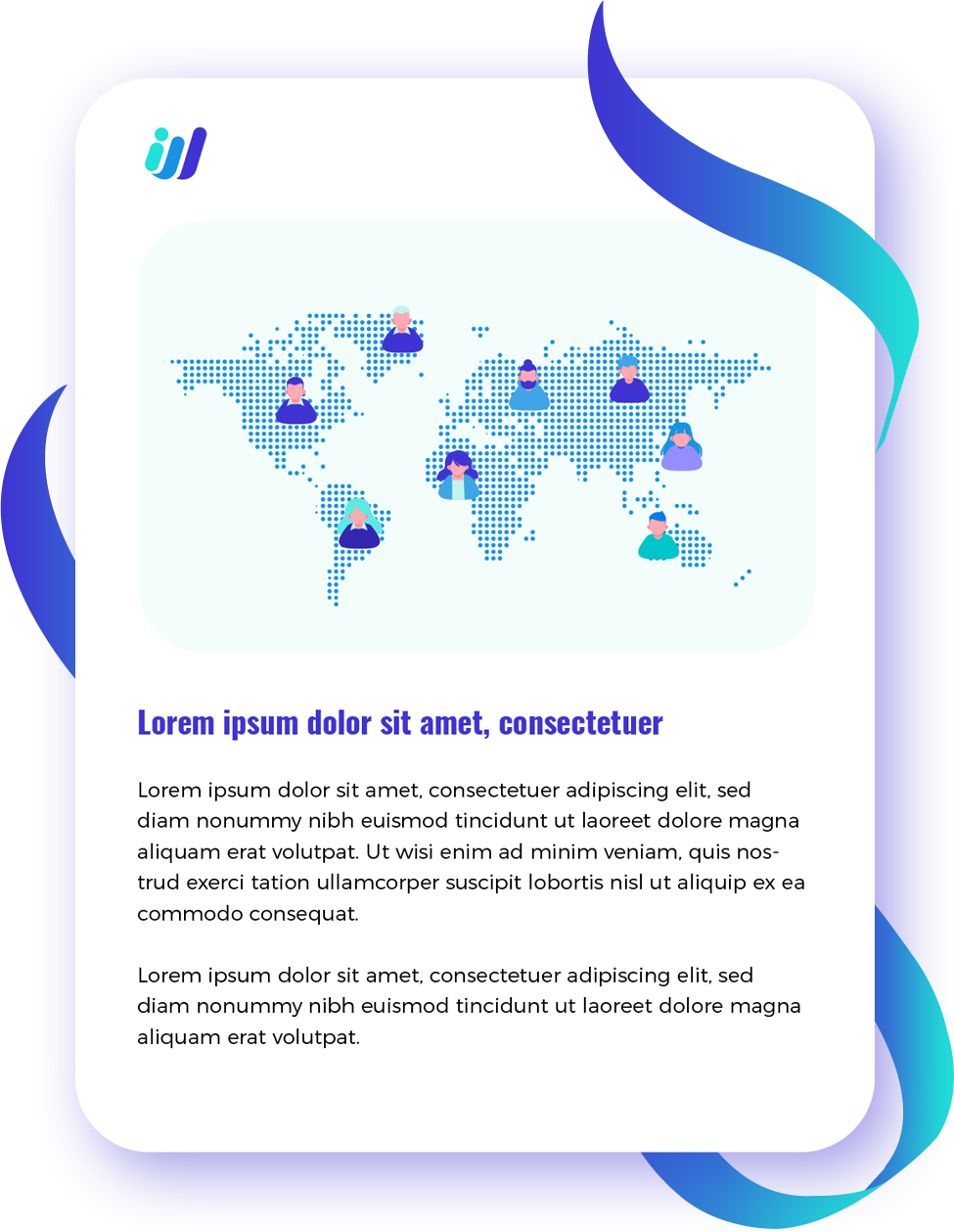Information is the key to improving any system. This notion is the foundation of a data-driven supply chain, which uses big data and analytics to optimize procedures at all levels of the supply chain. This is made possible by a variety of technologies, ranging from interconnected IoT sensors to warehouse robots and everything in between.
For example, a data-driven warehouse analyzes real-time performance data to determine where and how to integrate a robot into its operations. Similarly, a data-driven trucking company optimizes routes and maximizes fuel and time efficiency using real-world traffic, weather, and road data. These types of data-driven solutions are exactly what today’s supply chain need.
Technology For Tackling Supply Chain Issues
The supply chain dilemma has demonstrated that it must develop in order to meet today’s concerns. The only way to do so is through technology. Data is at the heart of the technological transformation of the supply chain. We can only discover the source of supply chain issues and rectify them with big data and analytics.
Skewed supply and demand projections from manufacturers and retailers, for example, were one of the initial driving forces behind the supply chain crisis. Many products’ demands was underestimated, resulting in insufficient supply. Data-driven demand forecasting could assist avoid a repeat of this problem. From shipping to last-mile traffic, the same technology could be used throughout the supply chain.
In the warehouse industry, data has also become crucial. Warehouse owners and managers must use data to optimize the value of the space they do have in the face of a severe shortage of warehouse real estate. Warehouses that are data-driven may run more efficiently, make better use of every square foot, and improve inventory management.
Congestion at international ports is arguably the most difficult issue in the supply chain today. Ports that are data-driven could collaborate with shipping companies to manage traffic and reduce wait times. On the domestic front, trucking businesses might use data to improve the efficiency of their operations, reducing container traffic at ports.
Harnessing the power of the Internet of Things (IoT)
The Internet of Things (IoT) plays an important role in the data-driven supply chain, assisting in the collection and application of big data. Used effectively, it can address a lot of the issues that make up the supply chain dilemma.
IoT is the senses, if robotics is the hands of an automated supply chain and AI is the brain. IoT devices link to establish a huge network of real-time data collection tools. A few IoT sensors strategically placed across a manufacturing facility can result in various significant benefits, including cost savings and increased efficiency. The supply chain may be fine-tuned on a constant basis using the considerable data generated by IoT devices.
Communication distinguishes IoT sensors and devices from non-IoT linked devices. These gadgets can not only capture accurate data, but they can also broadcast it in real time to other devices. This provides supply chain enterprises with a real-time perspective of how their facility or asset, from vehicles to assembly lines and everything in between, is operating. RFID tracking for robots and inventory around warehouses, which has been widespread in recent years, is a perfect illustration of IoT in action.
Today’s Supply Chain Advancement
The global supply chain is facing unprecedented difficulties. It will take time to mend and improve the situation, but technology can assist. In order to survive and prosper, the supply chain is already evolving and adapting, becoming data driven. At every stage of the supply chain, data will enable recovery and long-term growth. Manufacturers, merchants, suppliers, shipping businesses, employees, and customers will all profit from this pervasive digital change.
Learn how global top talents can help your organization acquire a more resilient supply chain, including improved sustainability, digital transformation, and workforce evolution. Request a FREE copy of the e-book on Third Wave Outsourcing.



